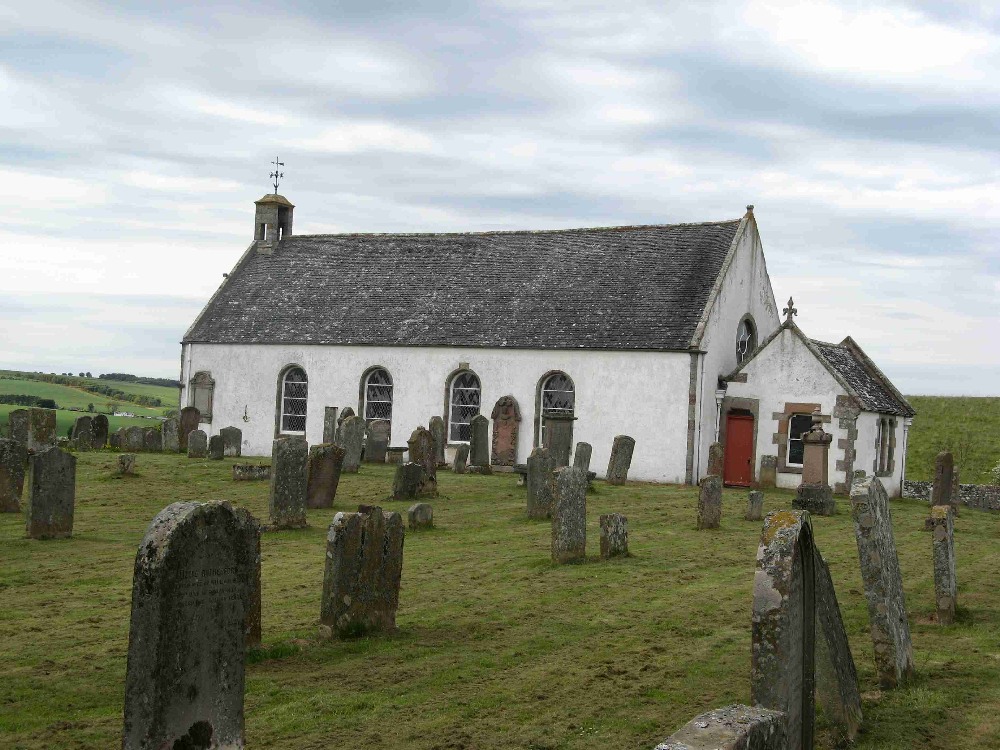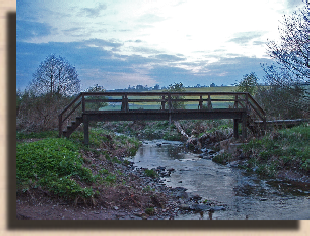|
OXNAM’S HISTORY
The History of Oxnam has been surprisingly turbulent for such a small place. The name Oxnam originates from the name “Oxenham”, which means the “ village of Oxen ”. Originally occupied by Celtic Families, the land was invaded by Anglicans around 700 A.D. These were arable farmers and lived in the North end of the Parish where the ground is flat.
Photo taken at the East end of the Parish, of the Roman Ford crossing the Oxnam Water. This is approximately ¼ mile East of Cappuck, and there was a Roman Settlement approximately 100 yards away from here. The area “exchanged hands” many times, between the Scots and the English over the years that followed. From early records of the “Scottish Ruling House”, with other names like “The Percy’s”, “The Wychards”, The Plenderleiths”, “The Kerrs” to name but a few. Another name of “Robert de Colville” also had his name on this list. He had a Garrison of 5 Knights, and around 80 men at arms, which included archers and light Horsemen. |

